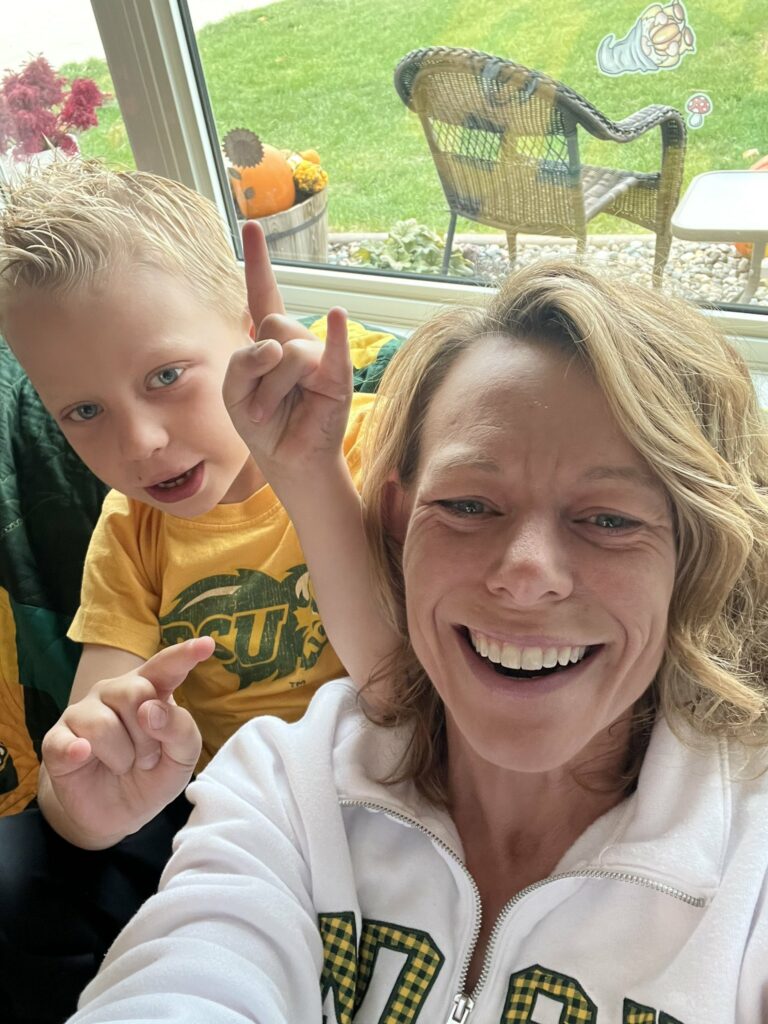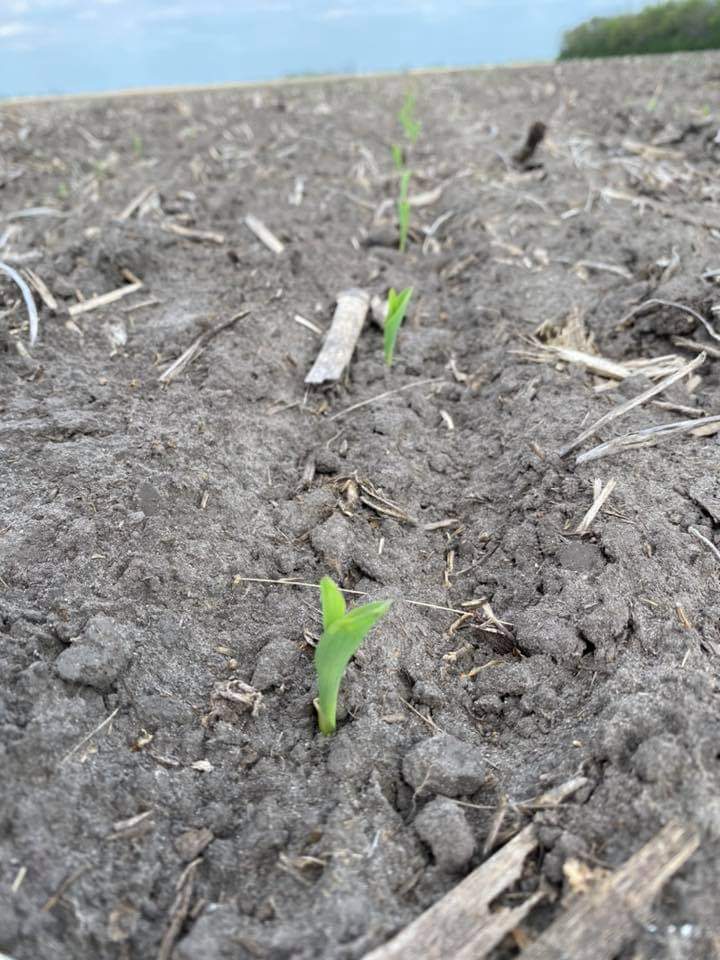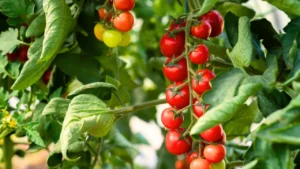
Sarah Lovas Blog 1 768x1024.jpg
Good Management Yields Great Crops with Sarah Lovas


Sarah lives out her passions for soil and helping farmers raise great crops through her career as an agronomist in North Dakota.
It’s the most amazing thing to see a seedling pop through the ground at the start of a growing season. As an agronomist, I know that the success of each seedling starts with time, effort, planning and ultimately the health of the soil.
I earned my master’s degree in soil science in 2013. I currently work as a consultant to help farmers plan which crops and seeds to plant, where to plant them and then to evaluate how their crops are growing. I use “precision agriculture”, which means placing the right seed, fertilizer, pesticide, or management practice in the right place at the right time within a field. The process typically begins with taking soil samples immediately after harvest.
Soil Sampling
Managing soil fertility is an important part of raising a crop. Beyond water and sunlight, crops need certain nutrients to grow. They get these nutrients from the soil. When soil is lacking in these nutrients, farmers must apply them to the soil in the form of fertilizers or manure so that the crop raised has good yields and the correct quality for food, fuel, and fiber. Careful management of nutrient applications is necessary to avoid over-application.
To monitor nutrient applications, agronomists like me rely on soil sampling. We take approximately 20 soil sample cores in an 80- to 120-acre field. Each core is divided in length from 0-6”, 6-24” and even down to 4’. These cores are then sent to a soil lab. The lab analyzes the sample cores for nutrients, soil pH, organic matter, and other soil parameters to help us understand the field’s soils and what they might need. This is like a doctor ordering blood samples from a lab for a patient. It helps the doctor to make decisions to manage that patient’s health. When I see soil lab analysis numbers, it helps me figure out how much fertilizer is needed to raise a quality crop, and where the fertilizer should go. It also helps me understand where fertilizer might not be needed or where we can reduce fertilizer rates to protect the environment. I also must consider a field’s soil types, which can vary quite a bit in any given field. Sometimes I work with fields that have sandy hills that routinely experience drought, low areas where water might pond or where salt becomes an issue and areas with great yield potential. It’s important to manage each of these areas within that field differently according to the nutrients needed and the soil type.

The Benefits of Precision
Thanks to precision agriculture, farmers can now place different rates of fertilizers or pesticides within the same field while driving one piece of equipment. Computers help me and the farmers I consult with to create variable rate maps and to program applicators to change rates as the tractor drives. This is called variable rate application, and it’s a great practice for three main reasons:
- It puts the right rate of fertilizer in the right place to raise a quality crop.
- It protects the environment by not over-using fertilizers where they aren’t needed.
- It helps the farming operation be more economically sustainable for the future.
Once we get the right resources for each specific part of the field and the seeds get planted, then it’s time to analyze and manage those amazing crops as they emerge and grow throughout the season.
Source link
2024-01-25 10:51:17
Karl Hoffman is a distinguished agriculturalist with over four decades of experience in sustainable farming practices. He holds a Ph.D. in Agronomy from Cornell University and has made significant contributions as a professor at Iowa State University. Hoffman’s groundbreaking research on integrated pest management and soil health has revolutionized modern agriculture. As a respected farm journalist, his column “Field Notes with Karl Hoffman” and his blog “The Modern Farmer” provide insightful, practical advice to a global audience. Hoffman’s work with the USDA and the United Nations FAO has enhanced food security worldwide. His awards include the USDA’s Distinguished Service Award and the World Food Prize, reflecting his profound impact on agriculture and sustainability.





